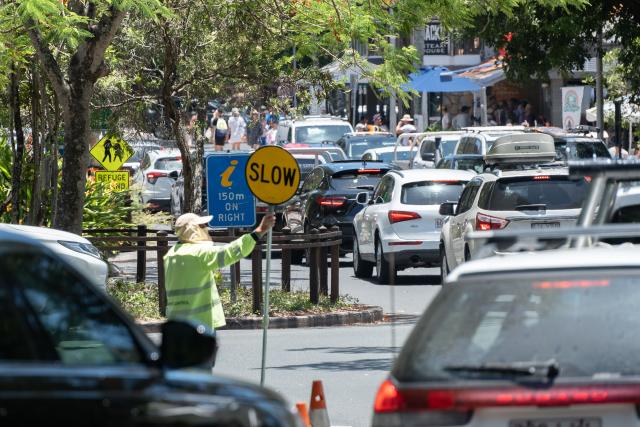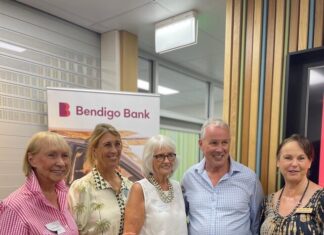Parking in Noosa is a perennial problem, especially at peak times, but most solutions to address the parking problem focus on increasing the supply.
However, there’s a logical limit to how much space can be dedicated to car parking in a given area. Instead of trying to create more parking with limited space, what if we instead focused on the sustainable management of the existing parking supply? By taking this approach, we could reduce the dominance of cars, which in turn reduces congestion, emissions and pollution.
Perhaps the best strategy to manage Noosa’s parking supply is the most obvious, and probably the most contentious. When something is in high demand, and there is limited supply, the logical solution is to raise the price. We could easily do this in Noosa, where the price is currently $0. Think of Noosa Woods. Many people find it astounding that you can park your car on what is some of the most valuable land in the world for free, for as long as you want.
While some residents might say, “Why should I pay to park when I already pay rates?”, one answer is that if parking were paid, it would be easier to find. Visiting Byron Bay is a great example of this in action. Public parking in central Byron is now paid virtually everywhere, and you can almost always find a spot. Something else to consider is that many people who pay rates do not regularly park in these high-demand areas, and many who do are visitors to Noosa. Should ratepayers subsidise visitor parking?
A key part of this strategy is to ensure the revenues from parking don’t disappear into the general fund. And the revenues can be substantial. Byron Bay reported average revenues of $2.8 million per year for the first four years of the program.
Paid parking revenue should be spent in ways that are visibly beneficial and advance our local goals and values. Again this is easy to envision in Noosa. We could use the revenues to improve the free bus service, having it run more frequently and from more places. Those who don’t want to pay to park could jump on the free bus.
Not only would this help with parking demand, it would reduce congestion, in two ways. First, fewer cars would be trying to reach Hastings Street. Second, many of the cars that are part of the congestion are just looking for parking. Parking studies have found that drivers cruising for parking make up a significant portion of congestion at popular destinations. If they can find a spot faster, they’re no longer part of the traffic congestion.
Another use of the parking revenue could be additional protected pathways for biking and scootering, lanes that are separated from vehicle traffic. Protected lanes have been shown over and over to increase demand as a feeling of safety is key to driving uptake of these modes of transport. If everyone supports these initiatives, riders and non-riders alike, everyone benefits. Each bike rider is one less car that drivers are competing with for space.
None of this is necessarily tied to climate, but the natural outcome of fewer cars is less emissions and less pollution. In fact, many emission-reducing strategies are logical solutions to existing problems. Think of it this way: Even if you don’t care about emissions, everyone hates traffic.
To assist ZEN in its projects or to join Zero Emissions Noosa, go to zeroemissionsnoosa.com.au







